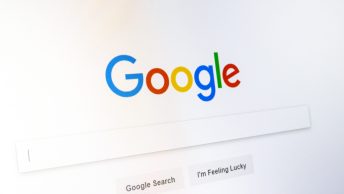There is an opportunity for search engine optimization (SEO) in just about every area of a website. These elements include the pictures and graphics that you use on your site.
So, what is image optimization in SEO? Image optimization involves using the images on your site to their full potential. Everything from a file’s name to its size has an impact on where your site lands in Google’s rankings.
In 2018, over 20 percent of web searches in the United States were through Google Images. Therefore, putting in some time to rank higher in Google Images is worth it.
Does Image Optimization Matter?
Initially, the idea of optimizing your site’s images may seem tedious. However, there is immense potential within each image.
With optimal resolution, format, and size, you can benefit from a faster speed while pages load, higher SEO rankings, improved user engagement, and a boost in conversions.
The user experience begins the moment they select a page. Typically, if a website doesn’t load within three seconds, visitors will move on to the next result. Since images play a huge role in a page’s loading time, making sure they don’t slow things down is vital.
Tips for Optimizing Images for SEO
There are many ways to make the images on your website count. Here are a few to get you started:
File Name
Naming your pictures in a way that Google recognizes the content allows them to appear in relevant searches.
For example, a business selling candles could use ‘candle1,’ ‘candle2,’ and so forth. For even more visibility, throwing in the color or scent as an additional descriptor can give it some more relevance.
Don’t go too wild with the image file names, however. With alt text and captions, you have ample opportunity to express everything about the image that you would like.
Alt Text and Captions
If you choose not to name your image something super specific or have more to say, you can use captions and alternate text to enhance the content. With these, you can provide even more detail and context for it to appear in relevant searches.
Additionally, the Americans with Disabilities Act (ADA) requires images to have alt text for those who use screen readers to know what’s in a picture, so why not make it count?
File Type
Most of the time, a PNG image is the best way to go. With larger, more detailed photos, however, JPEGs are the second-best option. This difference is especially beneficial with high-quality, professional photographs.
File Size
As mentioned earlier, images have a significant effect on page speed. Compressing them with a good program that avoids sacrificing quality is ideal, but any compression is better than none.
Final Thoughts
Image optimization may not be the first thing that comes to mind when planning your website’s SEO. However, it is just as important as using the right content with the right keywords.
There is much more power in an optimized image than many realize, and there is no reason not to take full advantage.





